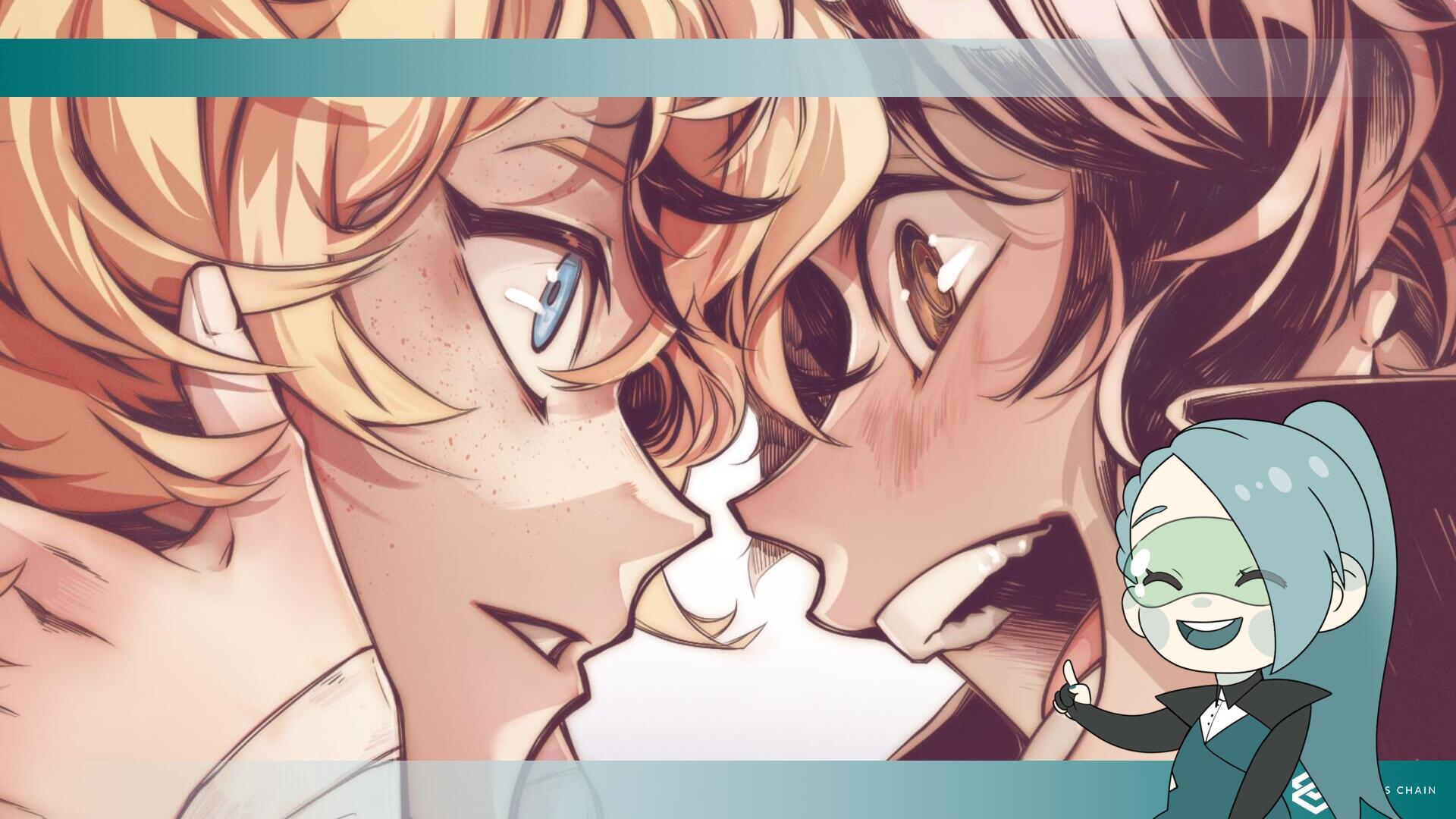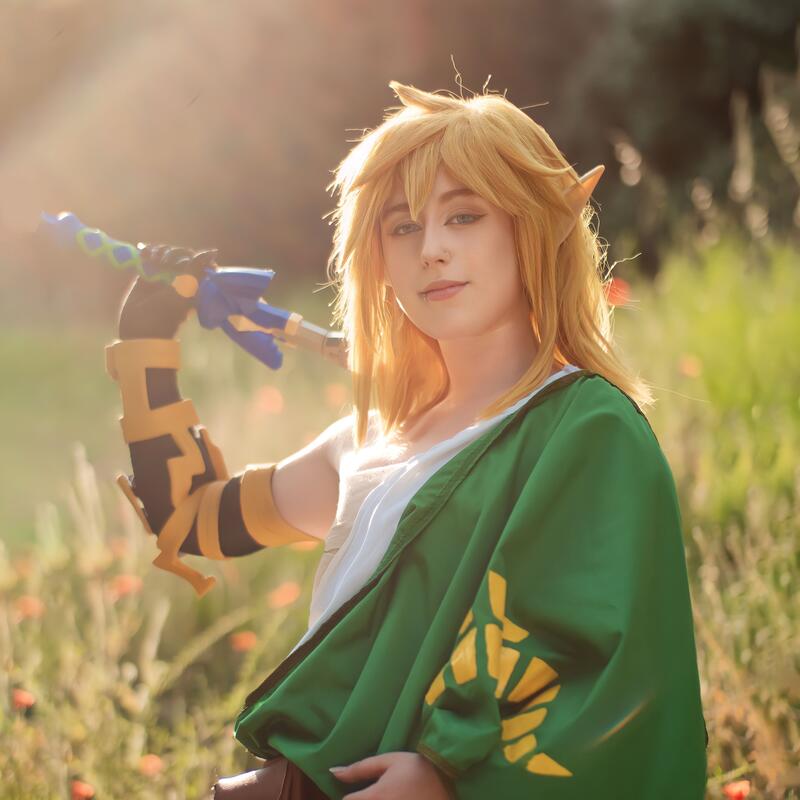Interview with the Kirke team - a new social media dedicated to artists!

- 2024-03-17
- Yako
- Creators
- Ninfadora7
Y: When and how did the idea behind this project come about?
Team Kirke: The idea has existed for years now, we have always been part of the community and have had the opportunity to fully experience the famous period when Instagram and Tumblr still worked. I, the CEO, have a degree in Performing Arts and Sciences and have always stayed within the environment; despite several job offers I got once out of university, I decided to take this path given the serious situation regarding the rise of artificial intelligence and the collapse of algorithms.
Y: Where does the name of the social come from? And the mascot?
Team Kirke: The name is a reference to the sorceress Circe, replacing the Cs with Ks: we wanted to bring a bit of magic into the world, and having always had a passion for mythology and these individuals, the character of Circe seemed accurate. Also, being a rather controversial figure, we wanted to use her ambiguity in our favour. In the future, we would like to implement tools for the protection of works, specifically to hinder the misuse of artificial intelligence.
Many confessed to us that they had originally thought of a courtly meaning attached to the project's name. In fact, 'Kirke' means 'church' in both Danish and Norwegian. Actually, we discovered this after the choice was made.
As for the mascot, we must admit that the birth of the carrot was completely accidental. At first we wanted to use the 'piglet' concept, as a reference to Circe, but we weren't very convinced. By letter similarities we then came up with the idea of the carrot and, playing on blender, I created the 3D model.
Y: How does the social actually work? What features does it have and how does it facilitate the online presence of artists?
Team Kirke: At the moment Kirke only exists in the form of a website, the development of the application is still in progress. In the home page you will find the full description of the project, while the Artwork area is dedicated to displaying the artists' works and is divided into What's Hot, Chronological and Following. In "What's Hot" the posts that have received the most likes in a few hours rise to the top - which means that even a work published some time before can return to the spotlight -, in "Chronological" the posts are shown in chronological order of publication, so as to support all artists equally, while in "Following", you will only find the works of the artists you follow, again in chronological order. In the future app, the latter section will be the main page.
One of our missions is to provide a tool for artists to focus on drawing and reaching all followers, without having to worry about engagement rates and shadowbans. At the moment, works can be searched via hashtags, and artists' profiles only show the number of followers - i.e. fans - and not "following", so as not to influence the psychological aspect of the user. At the moment, there is a special space to insert one's own links and, on the advice of the community, we are working on a section to outline pronouns and other optional information. The key aspect of the social will undoubtedly be the Commission section, which will allow artists to receive and manage commissions without the risk of falling victim to unpleasant online scams perpetrated by malicious 'clients'. We are currently working on this and are supported by several specialised artists.
The ultimate goal of the start-up is to create a living ecosystem that has real-life feedback, supporting the artistic and professional growth of members. Once the implementation phase is over, we will dedicate our resources to bring projects and customers to our fantastic community.
Y: The journey to make such a project a reality must not have been easy. What steps did you take to bring it to life?
Team Kirke: Around September 2023 I was lucky enough to find an amazing software engineer interested in implementing the platform, and shortly afterwards we won NextGenerationEU's "Tech4You" competition. We then embarked on a partnership with Giffoni Innovation Hub and collaborated with several Italian comics schools such as 'La Scuola Internazionale di Comics' to tell the story of the project and, in parallel, we followed various pathways dedicated to the start-up sphere, including workshops, webinars and one-to-one consultations with specialists. Subsequently, we travelled to Calabria to present the initiative to the Tech4you Demodays. Talking to the audience, we realised that people over 30 and far away from the industry struggle to understand the difficulties of the art community.
We then reached the MVP (minimum viable product) stage, literally 10 days ago, and launched the project with the support of the very first artists. From 300 beta testers, we quickly rose to 400 and the number of participants is growing rapidly. One step at a time, we are releasing new features, such as the invitation link to keep the community safe: to sign up as an artist you now need to be scouted by us or invited by other artists. Anyone who wants to sign up as a fan, however, is free to do so! By following the artists users can collect them as cards and later there will be further activities, but the publication will be limited to creators.
Today we are proceeding in steps: we have a great Telegram group and a Discord server. We rely mainly on feedback from the community, and we are quite proud to say that we have built a positive space for artists, who have called it a 'cozy corner'. It is important to us that Kirke is a beautiful and actually useful place for growth. So far we have always delivered what we promised. We really believe that we can give the right direction to an industry that has always been self-managing, with all the difficulties involved.
Y: Being a very young person, I suppose you also received a lot of untrusting comments about the project. From whom, however, have you always received support?
Team Kirke: Definitely the community, they have always supported us. Seeing the artists making friends and drawing memes on our carrot is one of the greatest satisfactions. Every interaction confirms to us the positivity and enthusiasm of the participants. The community is, essentially, the basis of everything and it is thanks to them that the motivation to develop this social network remains sky high every day.
Understandably, we also met people who said it would be impossible. "It's impossible to find a programmer to get involved as a volunteer". I found him. "It's impossible to build an MVP without funding". We did. "It's impossible to get Beta Testers to try it without good marketing." There are hundreds and hundreds of us. Every time we prove something, the next obstacle arises. But one day there will be millions of us and we will be able to say "We did it".
Y: How is the team composed and how has it developed over time?
Team Kirke: There are just two permanent people: me, the CEO, and the main developer who does the programming. Depending on the necessity, we involve various collaborators - junior programmers who need credit or community managers who offer their valuable help. By the way, if there is a front-end programmemer among our readers who would like to collaborate, please contact us!
I am legally obliged to emphasise that the carrot rules above all of us.
She is the supreme boss, we do everything she tells us.
Y: We saw that you always put artists' feedback first. How has this kind of interaction helped you?
Team Kirke: We encountered two different types of feedback: 'hot' and 'cold'. For the first type, we consider live reactions, usually arising after a presentation in front of an audience or one-to-one at a comic convention. The general response has always been very positive, with only one or two artists explaining that they now had too many socials to think about and would therefore come back in the future.
As far as 'cold' feedback is concerned, however, we consider the conversations that took place during the days at the comics fairs and then ask surveys or schematic questions to gather useful statistics to understand certain nuances. Being part of the community ourselves, we have always had clear ideas about the industry, but brainstorming with artists and putting their needs in order always brings incredible value.
At the moment, very slowly, we are also noticing a gradual change of opinion from the fans' point of view: they are starting to prefer the handmade product created by the artist over an item found on Aliexpress for 13 cents and resold for 8 euros.
We are not afraid of artificial intelligence. Just as painters did not stop painting when photography arrived, so artists will not cease to exist with the arrival of this technology. The Internet is becoming saturated with shoddy, self-generated images, and by the law of scarcity, true artists will prove to be a valuable resource.
Y: Why are you doing all this?
Team Kirke: Besides being passionate about the industry, I personally would like to be able to prove that I can be a proper CEO and that things can be done well. In general, the topic of 'wasted potential' is very close to our hearts and if we have the skills to fix an ailing industry and support thousands of talents, why not do it.
P.S Nah, the truth is I need to find someone to commission the designs of my first tattoos :P
Many thanks to the Kirke team for participating in the interview and to artist Ninfadora for the image used in the header! In case you are interested in the project, you can find the official page on Instagram as @kirke.social and learn more about the platform on the Kirke Social website! (https://kirke.social/)
If you have any doubts or queries regarding copyright management and the protection of your works, we would like to remind you that the Rights Chain team is always at your disposal! We wish you a good Sunday!
Yako.
